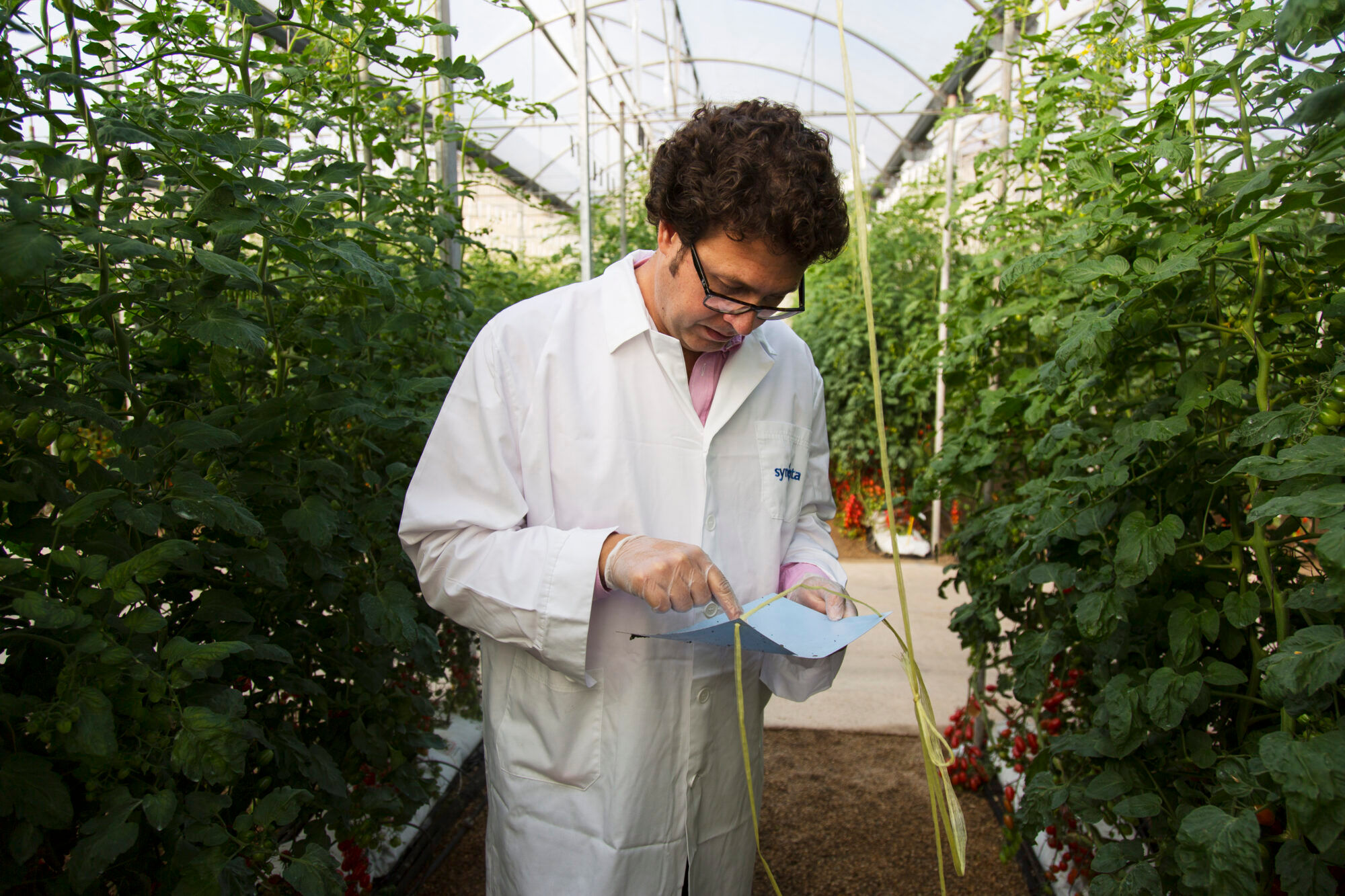Protecting Intellectual Property
A stable, predictable, balanced, and effective framework of intellectual property protection for all plant related innovations is needed to ensure legal clarity and provide an incentive for investments in R&D.
A stable, predictable, balanced, and effective framework of intellectual property protection for all plant related innovations is needed to ensure legal clarity and provide an incentive for investments in R&D.
In order to overcome challenges facing agriculture, CropLife International members are continuously investing in new technologies and in the creation of new innovations for farmers that increase the potential to overcome emerging environmental and societal challenges thereby helping to safeguard a strong and stable food production.
Society must enable and provide for an effective and balanced protection of intellectual property rights (IPR) to ensure innovators of all types are able to continue to drive innovations that address global challenges. In any industry, the maintenance of IPR is an essential basis for innovation and progress. Expanding investment in the development of new tools and technologies, such as innovative pesticides or gene-edited crops that can adapt to the impacts of climate change, requires effective IPR to ensure return on investments to all innovators while enabling the availability of high-quality innovative products to farmers.
Developing effective and environmentally responsible pesticides is a complex and costly endeavor that demands substantial investments in research, testing, and regulatory approval. IPR, notably patents, serve as a vital incentive for companies and innovators to invest in this critical field.
IPR ensures those who pioneer new solutions can protect their crop protection innovations, allowing them to recoup their investments and sustain ongoing research and development efforts, thereby nurturing an effective cycle of innovation. This, in turn, fosters a competitive landscape that encourages continuous improvement and innovation in crop protection, ultimately benefiting agriculture by providing farmers with safer, more efficient, and more sustainable tools to safeguard their crops and ensure food security for our growing global population.
A 2022 study commissioned by CropLife International found that the current time for a new genetically modified (GM) trait to go from R&D to commercialization has lengthened to 16.5 years. Which, realistically, means that farmers and society will not see the true impact of these technologies for nearly 20 years. The reality of this trend is concerning for farmers, who need new solutions to address global challenges, and society, which needs innovations to ensure food security in a resource limited planet.
IPR play an indispensable role in the world of agricultural innovation, including in the development of seed varieties such as genetically modified (GM) and gene-edited varieties. These groundbreaking technologies demand sizable investments up front in research, testing, and development. IPR, such as patents, provide companies with the assurance that their substantial investments will be protected, encouraging continued innovation.

A patent protects an invention which is new, inventive and has an industrial application, and is clearly and sufficiently described. Doing so ensures that new, scientific information is brought to the public, which increases access to scientific breakthroughs and acts as a catalyst for further research, leading to continued innovation in the field. Patents protect an inventive technical product or process. Plant products that are the result of a repeatable technical process are patentable provided that these fulfil the patentability criteria. Patent rights last for 20 years from the date the patent application is filed, after which the technology falls into the public domain.
In addition to patents, Plant Variety Protection (PVP) offers another mechanism for plant breeders to recover on their investment in the development, propagation, and other steps in the plant breeding process. Without this effective and complementary IP protection system, continued innovation lifecycle in the seed sector will suffer for both private and public plant breeding.
Modern plant breeding has been revolutionized by advances in biotechnology, leading to more productive, efficient, and environmentally friendly plant varieties. Whereas PVP rights protect the new plant as a whole, patents are used to protect specific traits or essential genetic elements that can be used in a multitude of plant varieties and crops.
One of the latest innovations in plant breeding is gene editing. New genomic techniques contain a group of methods that enable plant breeders to make precise changes to the plant’s own genetic material, which can improve productivity and sustainability. Only a patent can provide protection on the innovative trait component resulting from gene editing and maintain the protection across varieties into which it would then be transferred by crossing.
It is important to note that issues related to IP protection should not be confused with issues related to the regulatory approval of products. These are two distinct legal frameworks and the conditions laid down by one and the other have been chosen by the legislature to respond to these specific objectives. A legal framework can therefore not provide for restrictions or impose conditions outside its material scope, and limit rights granted by a distinct legal framework. In the plant biotech sector, the objective of a regulatory framework is to protect human and animal health and the environment whereas the IP legal system is designed to stimulate innovation in all fields of technology. Whether a product does or does not fall under the regulatory framework for biotechnology has no bearing on the ability of such a product to be protected by an IP right. It is perfectly possible that a method or a product may meet the criteria for patentability but may not be regulated as a GMO. Likewise, a product or method may be regulated as a GMO, but not meet the patentability criteria. The same is true in other fields of (regulated) technologies.